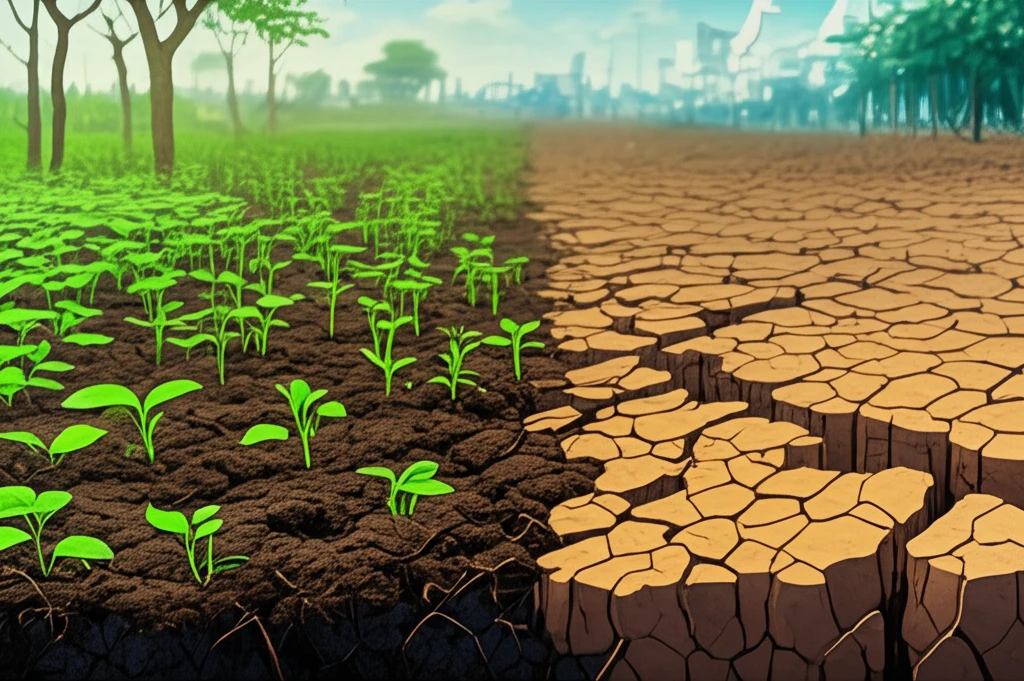
Sewage Sludge: Is This Waste a Hidden Treasure for Your Soil?
"Uncover the surprising long-term effects of using sewage sludge in agriculture and how it could revolutionize sustainable farming practices."
The concept of transforming waste into resources is rapidly gaining traction, particularly in agriculture. One promising avenue involves repurposing plant nutrients from waste materials, integrating them back into agricultural practices for sustainable food production. This approach not only addresses waste management but also enriches the soil, fostering healthier crop yields and reducing reliance on synthetic fertilizers.
A recent study delves into the prolonged impact of directly applying sewage sludge (SS) to land, examining its influence on soil fertility. Conducted across two Swedish farms, the field experiments spanned three decades. Initiated in 1981, the research scrutinized three different SS application rates alongside varying levels of mineral fertilization. The experimental design incorporated a factorial approach with four replicates, providing a robust framework for analysis.
The findings from these experiments offer valuable insights into the advantages and limitations of using sewage sludge as a soil amendment. The study sheds light on the intricate dynamics between SS application, soil composition, crop yield, and environmental impact. By understanding these relationships, farmers and policymakers can make informed decisions about adopting sustainable agricultural practices that promote both productivity and ecological well-being.
What Are the Long-Term Benefits of Using Sewage Sludge?

Over the course of the study, consistent application of SS at one site showed a tendency to boost crop yield over time. Although this effect was most noticeable for spring barley, its impact was only significant when plant nutrients were not a limiting factor. Researchers concluded that improvements in soil structure played a crucial role in enhancing fertility after SS application. This was evidenced by a reduction in soil bulk density and an increase in soil carbon concentration.
- Improved Soil Structure: Lower soil bulk density and higher carbon concentration.
- Carbon Retention: 18-20% retention of carbon derived from SS in analyzed soil layers.
- Increased Soluble Phosphorus (P): Higher P levels with increased sludge application.
- Low Nitrogen Use Efficiency: Only 3-8% nitrogen use efficiency.
- Heavy Metal Accumulation: Moderate accumulation of copper, zinc, and mercury in the soil.
Is Sewage Sludge a Viable Solution for Sustainable Farming?
While sewage sludge offers notable benefits for soil structure and organic matter content, it is not without its limitations. The study reveals a low efficiency in nutrient cycling, particularly for nitrogen and phosphorus. Additionally, the accumulation of heavy metals, although not detected in crops, remains a concern for long-term soil health. Therefore, the use of sewage sludge should be carefully managed and monitored to maximize its benefits while minimizing potential environmental risks. Further research is needed to optimize application methods and address the nutrient cycling inefficiencies to fully harness the potential of sewage sludge in sustainable agriculture.
